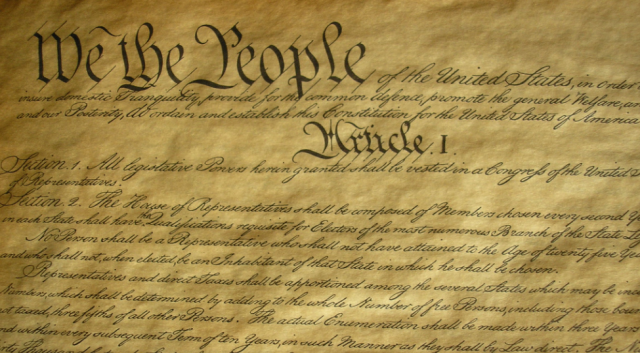
There are many countries in the world that claim to be the first “true” Republic. Whether they are right or not, the concept of Republic is a very old one. In fact, different civilizations have adopted different types of republican systems for centuries. In all honesty, many of these civilization adopted a limited form of the republican system but still contributed to the ideology that most countries adopt today in one form or another, the representation of all the people.
Republic Vs Democracy
Republic and Democracy are not the same thing. Democracy is the ideology that helps shape a government, while a Republic is a form of government. Democracy derives from the Greek “Demos” means people and “kratia” which means power. Basically, the power and authority rests on the people. Republic derives from the Latin words “Res Publica”, the public thing. Indeed, this meant that the managing of the government was a public matter, a form of government whose power rests with the people. Republics and Democracies are slightly different, but they are not mutually exclusive.
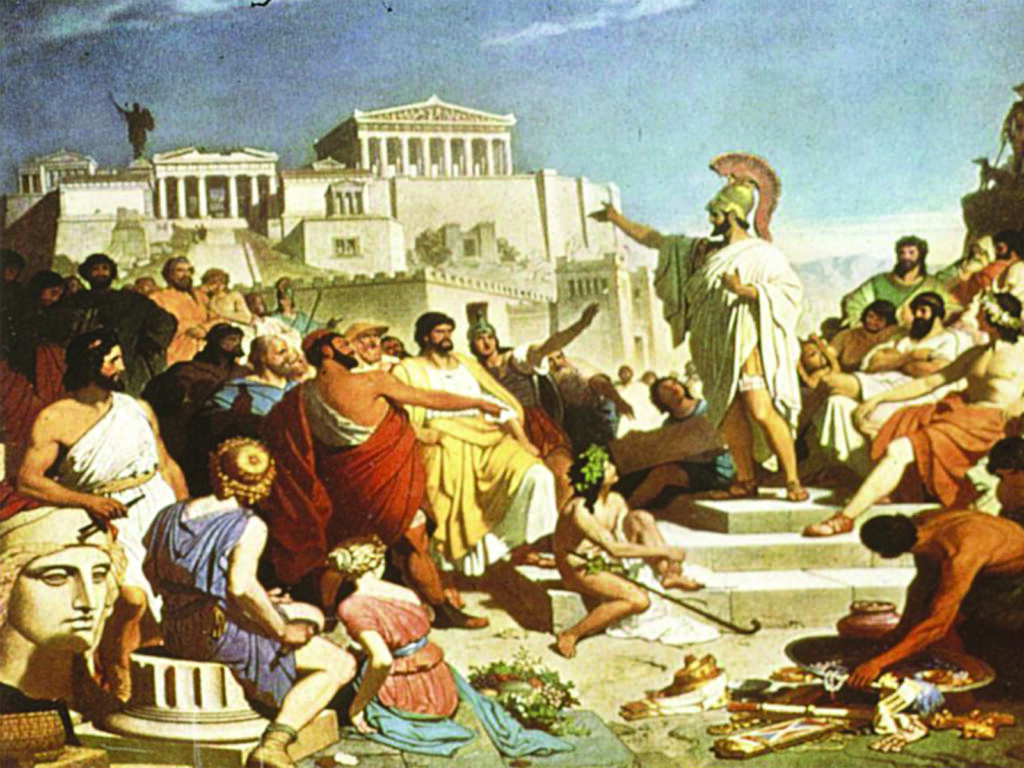
Greek Democracy
Athens established the first democratic government in history during the 5th century BC. The Athenian democracy was a pure form of democracy. In fact, there was no head of government and everyone had a voice. Public assemblies were open to all… males. Athenians gave people time off work to make sure that citizens could participate in debates and vote. In time, a form or representation to replace pure democracies do not really exist anymore. The Swiss Confederation (1291) is the closest modern example of a pure democracy. In fact, citizens are called four times a year every to vote on different issues. Moreover, elections are scheduled year in advance to make sure everyone’s voice is heard.
Roman Republic
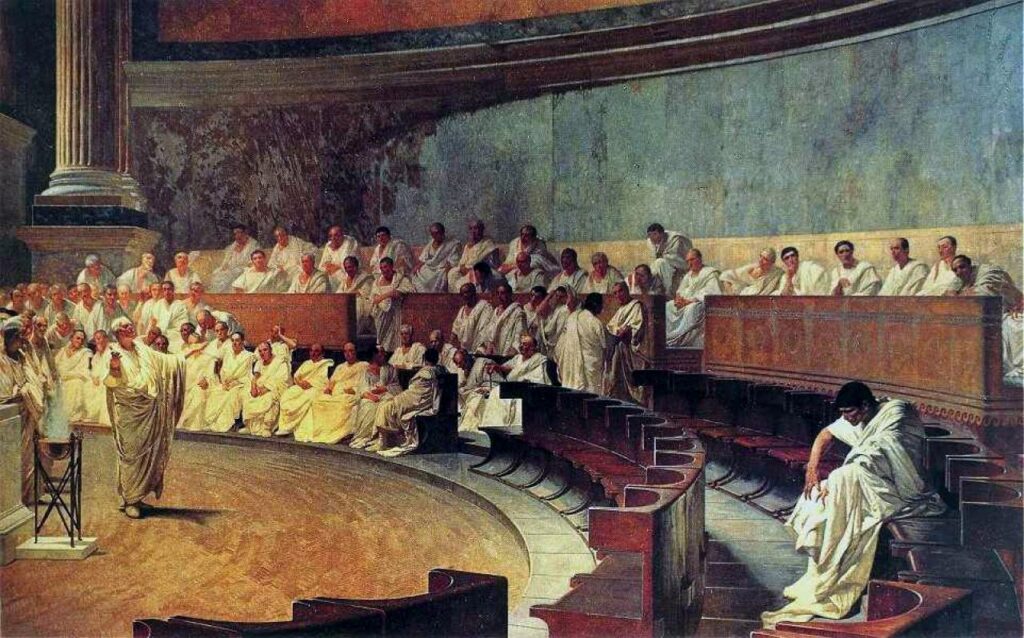
The Roman Republic ran Rome from 509 and 27 BC. After the last King of Rome died, Romans formed a Senate to represent all the people. The Senate then elected by two consuls who would lead Rome while serving a one-year mandate. At first, only citizens of Rome could participate in the government. However, with time the gradual expansion of the Senate eventually included all citizens of the Empire (over 21 languages were spoken!). Romans even enacted a constitution which lasted until the fall of the Roman Empire. The first SPQR (Senatus Popolus Que Romanorum, the Senate of the People of Rome) was democratic in spirit but not in reality.
The Almost Democratic Roman Republic
The American Founding Father Alexander Hamilton claimed that the Roman Republic had “attained to the utmost height of human greatness.” In reality, while constitutionally democratic, the Roman Republic was in practice an undemocratic society. Rome held public citizen assemblies where everyone could voice their opinion and elect magistrates and praetorians. However, the system was complex and lower classes were put at a disadvantage. Richer and more powerful Patrician families held most of the votes and they had the ability to vote first. However, if the first round of votes cast by Patricians resulted in a decision, the remaining citizens would not be called to cast their votes.
The First Indian Limited Democracies
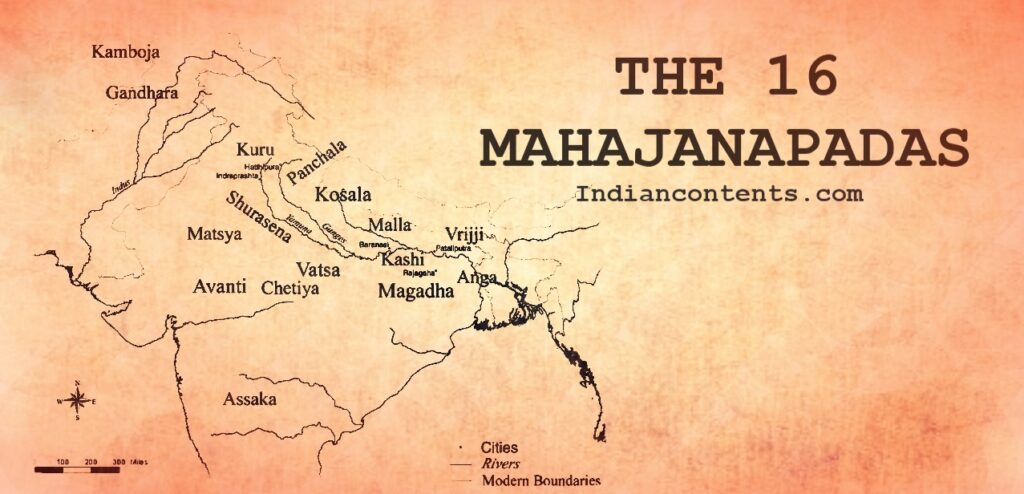
The Mahajanapadas and the Licchavi were two Indian pseudo-republican systems which resembled some form of limited democracy. The Mahajanapadas were part of a confederation of oligarchic republics called Gana Sangha. These form or republic states had a King who worked with ad assembly of nobles (sangha). In reality, they never really claimed to give power to the people but just a voice to every clan. In the case of the Licchavi, they were not an absolute monarchy as most of their neighbors. In stead, 7,700 rajas represented the Licchavi’s families and clans who then would regularly vote to elect one of them to be their leaders. It was not a democracy, but did hold some democratic election portion in their administration.
The Oldest Standing Republic

Little known fact is that the Most Serene Republic of San Marino is the oldest Republic still standing. This little city state in Italy claimed independence from Rome on September 3, 301. In addition, San Marino has also the oldest written governing documents still in effect as the 1,600 edition of statues is still in effect. Moreover, representatives of the nine districts are elected every 5 years. The Council every 6 months elects 2 captains to manage and lead the affair of the Republic. The practice derives directly from the Roman Senate electing two consuls.
A couple of fun facts about San Marino. San Marino has also had the highest number of women head of state than any other government. Also, Abraham Lincoln while president of the United States, wrote the government of San Marino commending them for their Republic and stating that they were the proof that a truly Republican government can overcome the test of time.
Middle Ages Republic Attempts
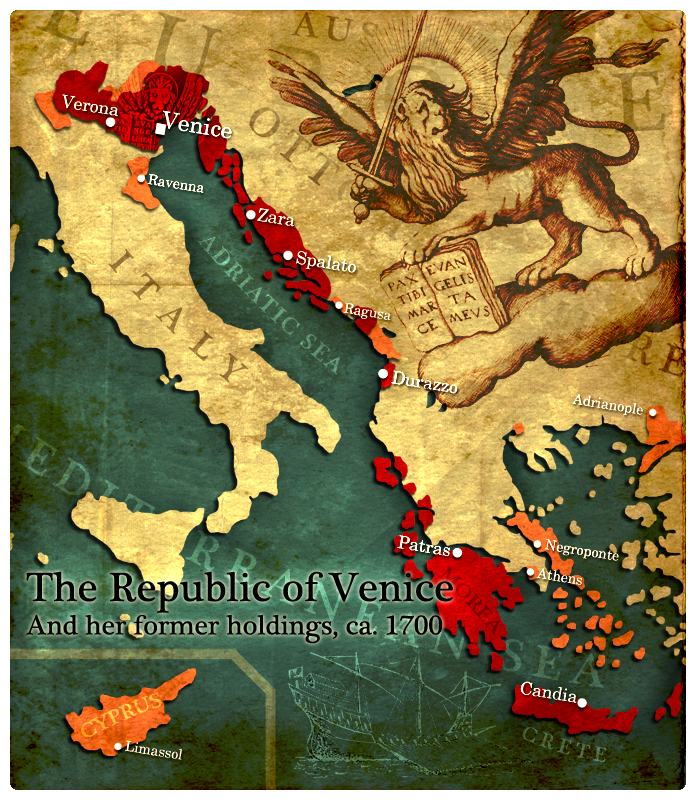
There were many city states in the middle ages and many of them attempted a form of Republican government. For example, the Republic of Florence had a form or Republic that favored the explosion of the renaissance. There were, however, also Republics that extended beyond the simple city limits and actually lasted few centuries. Some of these republics are the Icelandic Commonwealth (930-1262), the Dutch Republic (1581-1795), the Swiss Confederation, and even a republic of pirates (1706-1718). Among all of them, the most successful was the Maritime Serene Republic of Venice.
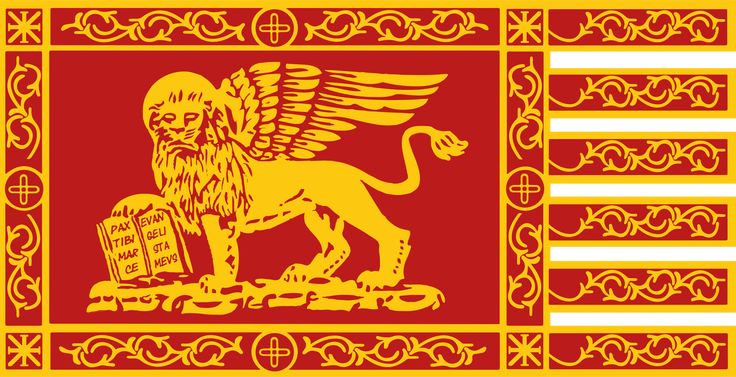
The Maritime Serene Republic of Venice lasted exactly 1,100 years and ended with the conquest of Napoleon in 1797. Their Republic was a mix of monarchy, aristocracy in the Senate, representation in the major council, and democracy in a lower chamber. Machiavelli, the famous author of the “Prince” considered the Venetian Republic the most excellent of the Republics”. The powers in Venice changed throughout the years and in time “minor” councils became more powerful than the Doge, the elected Lord and Chief or State of Venice.